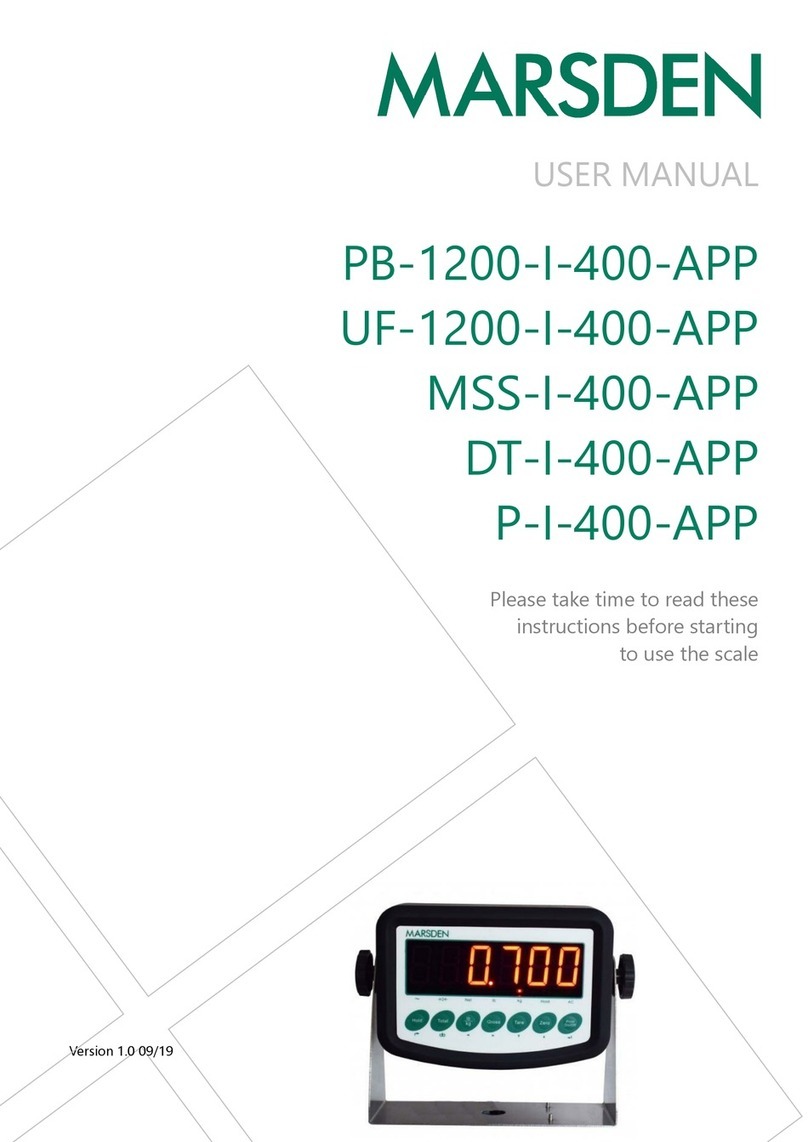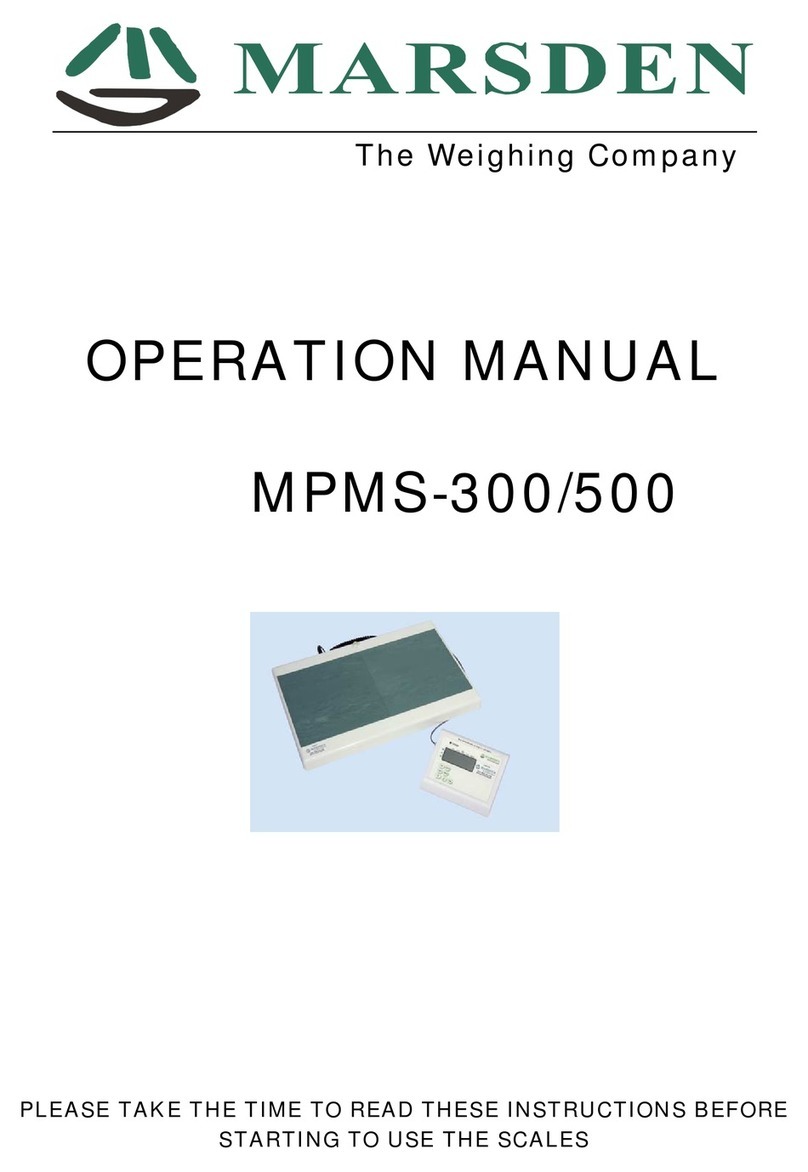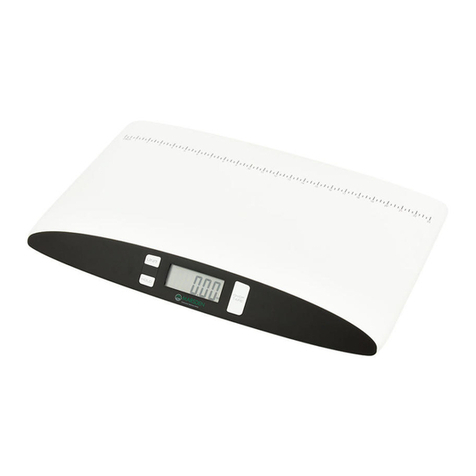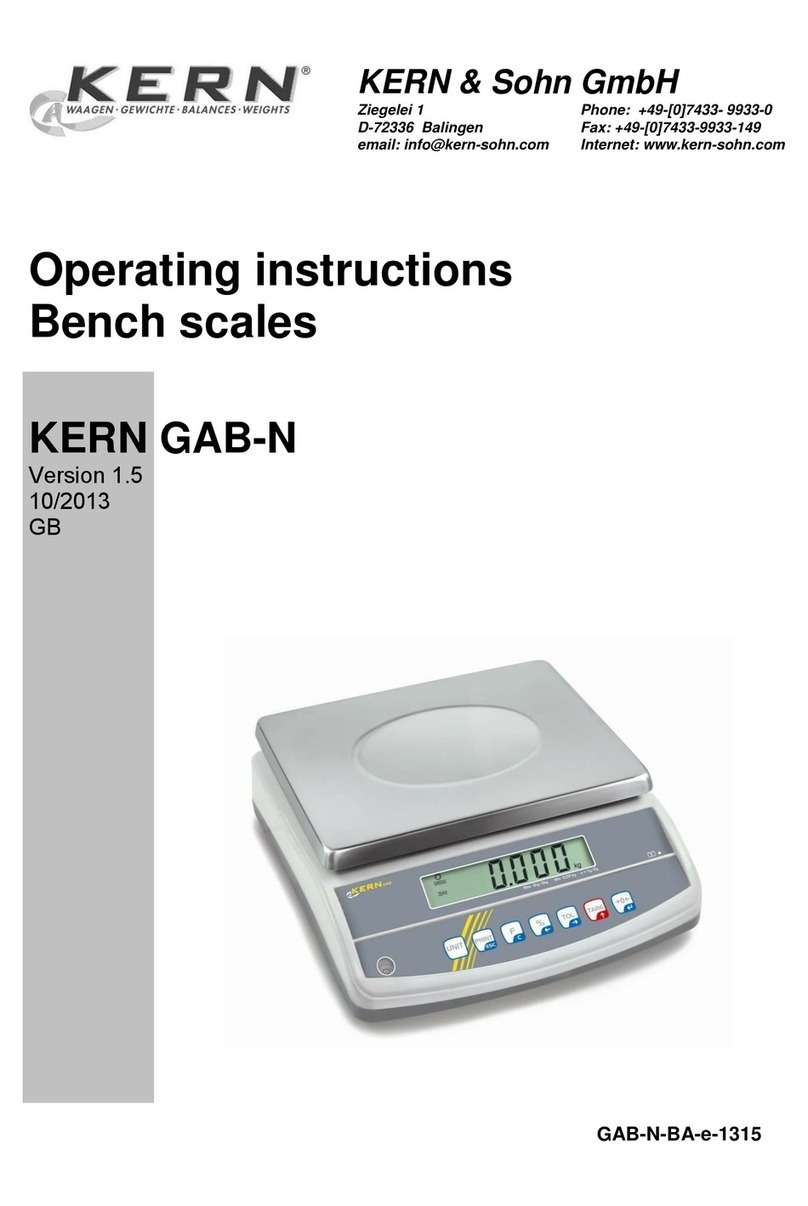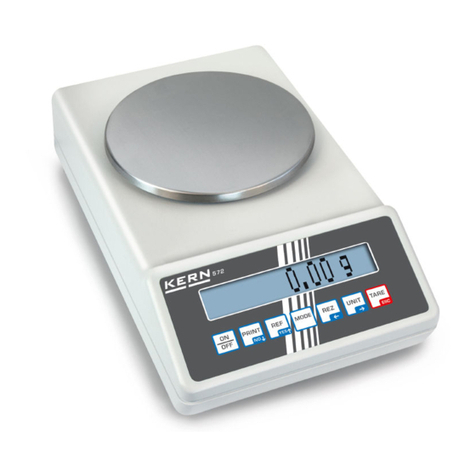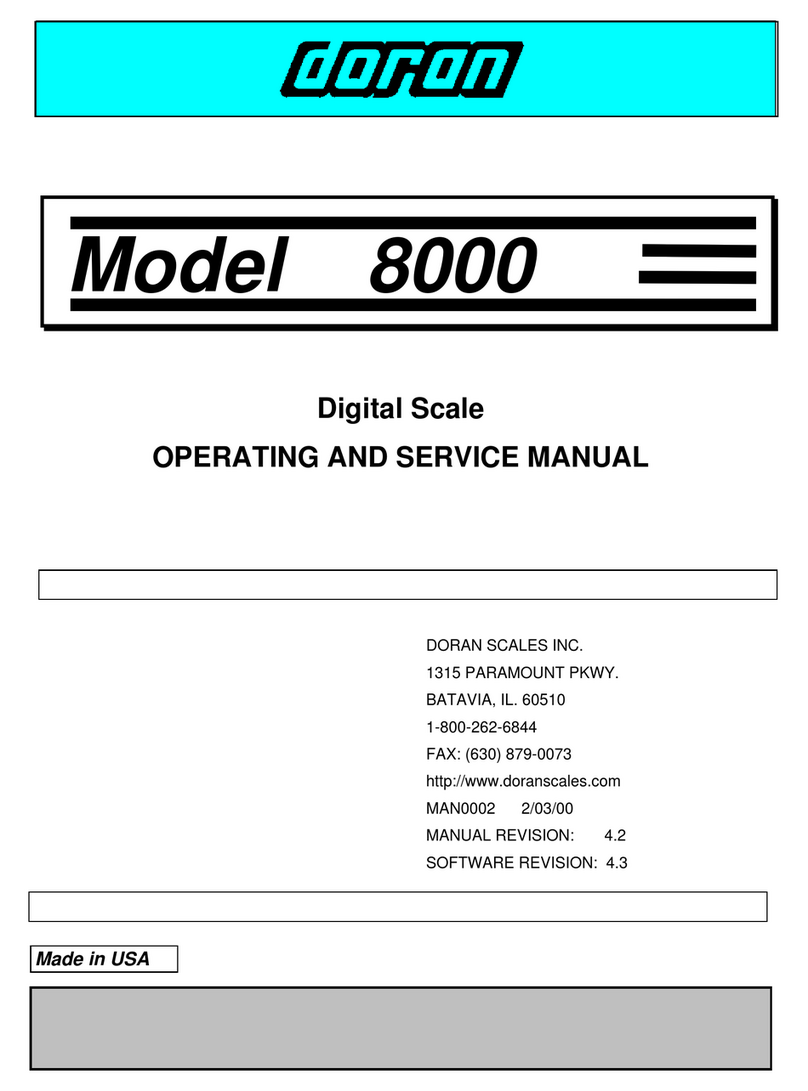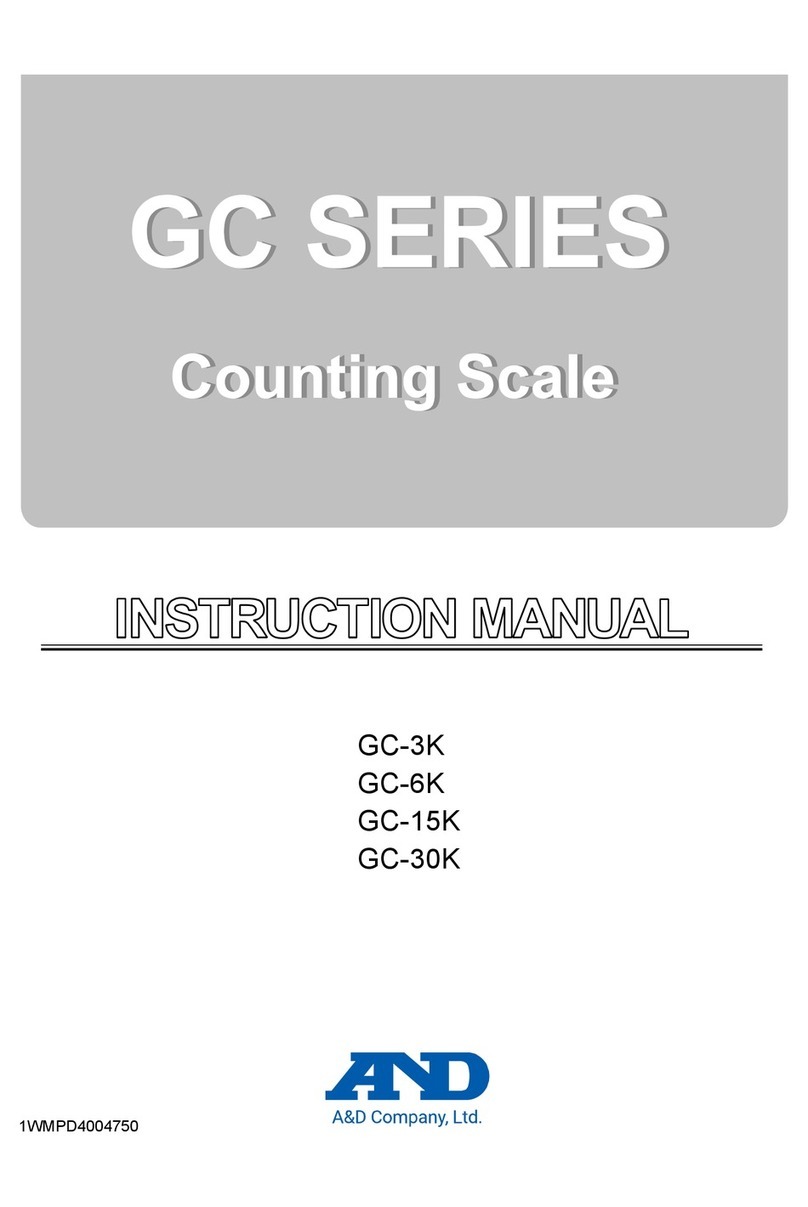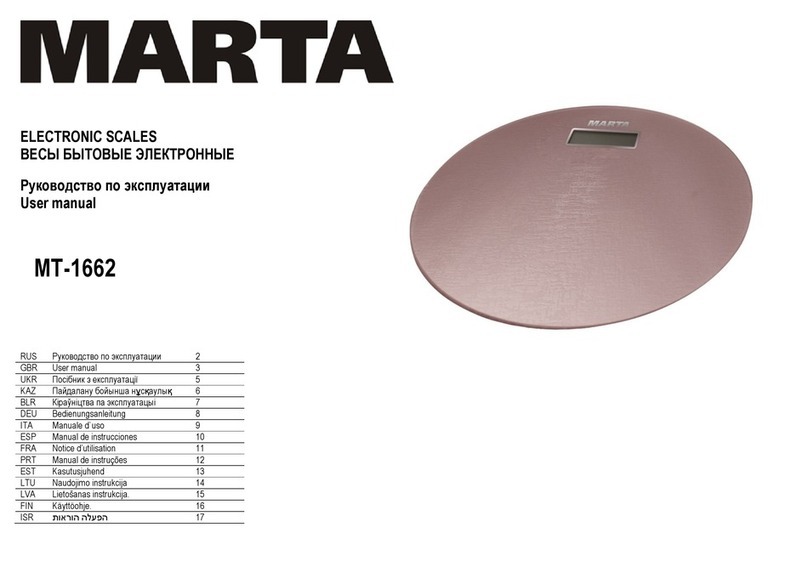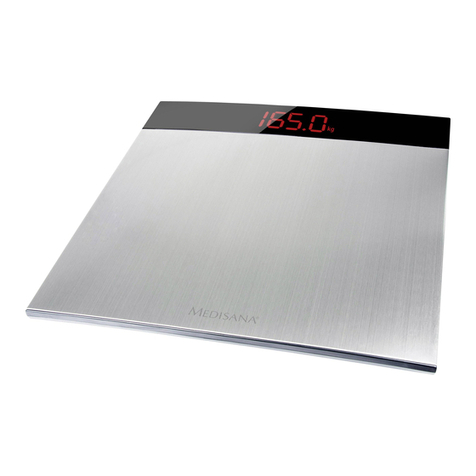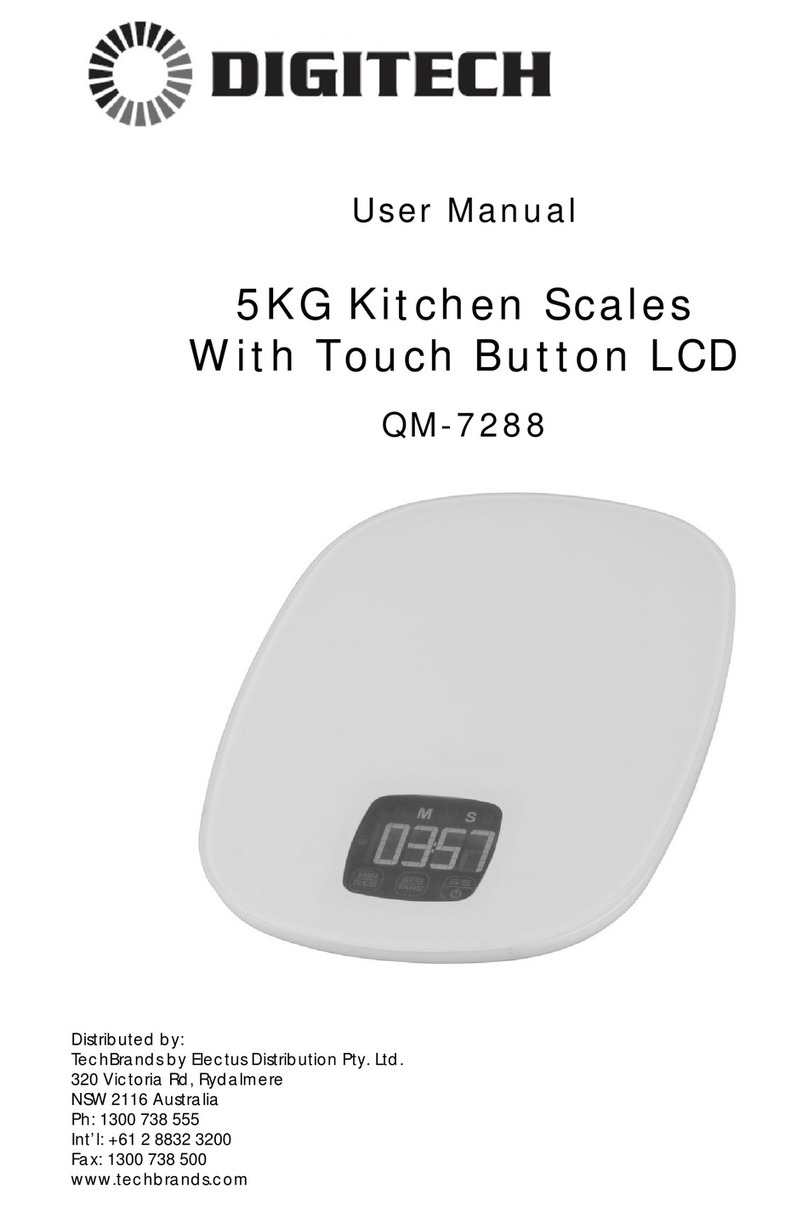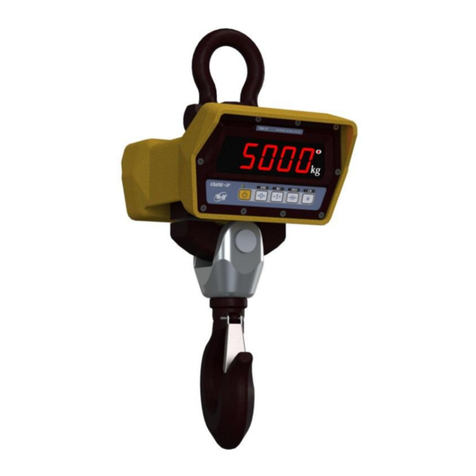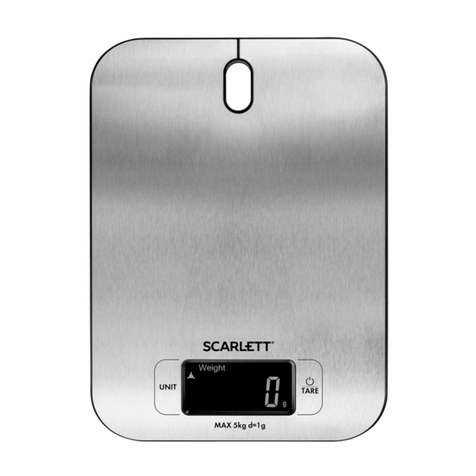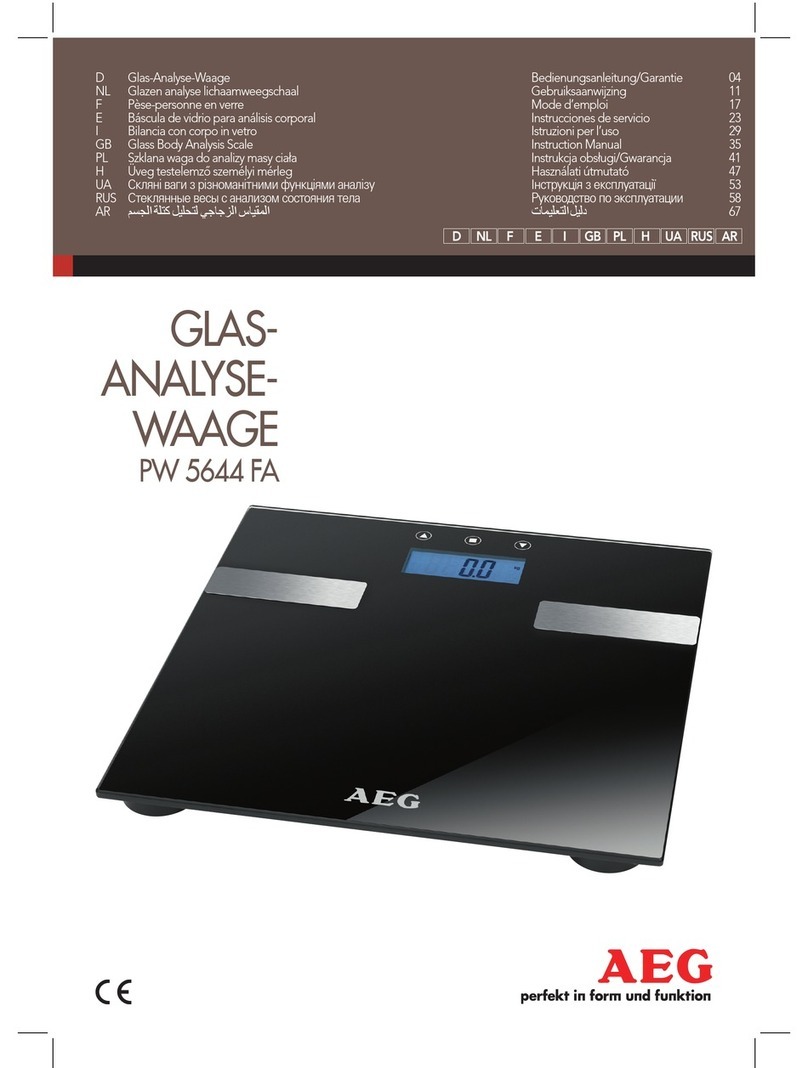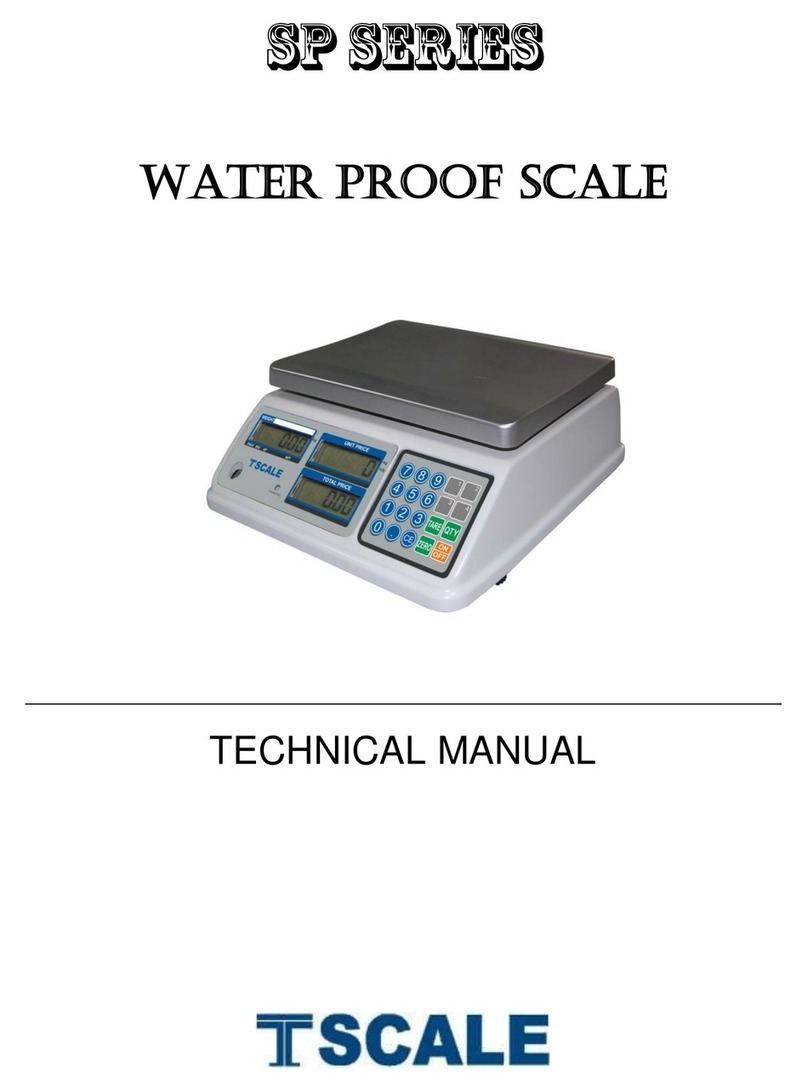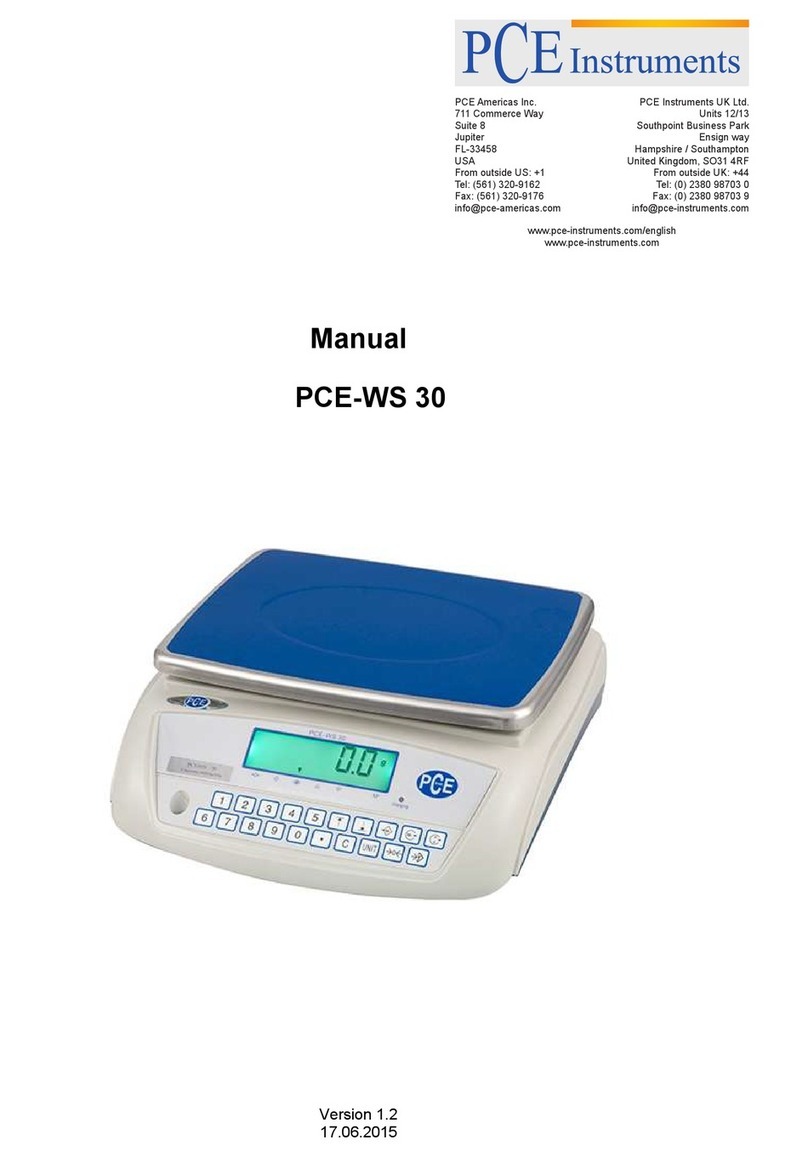marsden V-23 User manual

USER MANUAL
M-550
Please take time to read these
instructions before starting
to use the scale
Version 1.0 07/06

Contents
Introduction 3
Product Specification 3
Safety Instructions 4
Explanation of Graphic Symbols 5
Power Supply and Low Battery 6
Functions of the Scale 7
Error Messages 8
Troubleshooting 9
EMC Guidance and Manufacturer’s Declaration 10
Recommended Separation Distance 12
Panel & LCD Display 13
Manufacturer’s Declaration of Conformity 13
Contact Us 14
Page 2

Thank you for purchasing a Marsden professional medical scale.
This is a precision Class III Weighing Instrument and considerate use
will result in many years of accurate weighing.
The scale has a maximum load capacity of 160kg which must not be
exceeded.
Product Specification
Model
M-550
Accuracy Class
Class III
Capacity/Division
160kg x 200g<100kg>500g
Column
No
Units of Measure
Kg
Function Keys
ON/OFF, HOLD, TARE, BMI
Stabilization Time
1-2 Seconds
Operating Temperature
5 to 35˚C
Transportation / Storage Temperature
-20 to +60˚C
Power Supply
4 x 1.5v AA size alkaline
batteries and mains adaptor 12v
/ 1A
Indicator Display
2.5cm LCD display with 5 active
digits
Dimensions (w x d x h)
347mm x 353mm x 60mm
Page 3

Safety Instructions
Before putting the device into use, please read with care the information given in this user
manual, which contains important instructions for proper installation, use and maintenance
of the device.
Marsden/the manufacturer shall not be liable for damages arising from failure to heed the
following instructions:
When using electrical components under increased safety requirements, always
comply with appropriate regulations.
Inappropriate installation/use will render the warranty null and void.
Ensure the voltage marked on the power supply unit matches your mains supply.
This device is designed for use indoors.
Observe the permissible ambient temperatures for use.
The device meets the requirements for electromagnetic capability. Do not exceed
the maximum values specified in the applicable standards.
Batteries should be kept away from small children. If swallowed, promptly seek
medical assistance.
If you have any problems, contact Marsden/your local dealer/your service partner.
Cleaning
We recommend using alcohol-based wipes or similar when cleaning the scale.
Please do not use large amounts of water when cleaning the scale as this will cause
damage to the electronics. Please refrain from using corrosive liquids or high
pressure washers.
Always disconnect the scale from the mains power supply before cleaning.
Maintenance
The scale does not require any routine maintenance. However, we recommend
checking the scale’s accuracy at regular intervals. If any inaccuracies occur, please
contact your local dealer or service partner.
Disposing of the Scale
This product is not to be treated as regular household waste, but should be handed
in to an electrical/electronic equipment recycling centre.
You can obtain further details from your local council, your municipal waste disposal
company or from where you purchased the product.
Page 4

Explanation of Graphic Symbols
SN-21300100
Designation of the serial number of every
device.
(Number as an example)
“Please note the accompanying
documents” or “Observe operating
instructions”
Charder Electronic Co. Ltd
No.103 Guozhong Rd, Dali Dist,
Taichung City 412, Taiwan (R.O.C)
Identification of manufacturer of medical
product including address.
“Electro-medical appliance” with
attachment of type B.
Dispose of old appliances separately from
your household waste.
This product must be disposed of at a
communal collection point.
Carefully read this operation manual
before setup and commissioning, even if
you are already familiar with Marsden
weighing scales.
Transport and storage temperature limit
indicating the upper and lower limit
(transport and storage temperature on
packaging).
Page 5

Power Supply & Low Battery
The M-550 runs on four ‘AA’ alkaline batteries.
When
is shown on the scale’s LCD display, battery power is not sufficient enough
for the scale to be used and the batteries should be replaced.
Power Supply
The four ‘AA’ size alkaline batteries are contained in a compartment inside the scale. Access
is via a removable cover on the underside of the scale, as shown below:
Installing The Battery & Connecting Your Adaptor
ON/OFF
1. Press this key to switch on the scale. The display will show 0.0kg.
2. Pressing the ON/OFF key on the opposite side of the display will reverse the scale’s
display, therefore the display can be viewed by the patient.
3. If the scale shows a figure other than 0.0kg with no weight applied, press the
ON/OFF key once to zero the display.
4. Press and hold the ON/OFF key to switch off the scale.
5. The ON/OFF key can also be used as the minus (-) key in BMI mode to reduce the
height reading.
Page 6

HOLD
1. Press the HOLD/BMI key to enter into enable the Hold feature.
2. The arrow pointing at the hold symbol will start to flash and the LCD display will
show .
3. The person being weighed can now stand on the scale. Their weight reading will
hold and remain on the display.
4. To return the display back to zero, the HOLD/BMI button can either be pressed or
the individual being weighed can step off the scale.
TARE
1. The ZERO/TARE key can be used to remove any unwanted weight from the scale’s
display. For example, you may want to remove the weight of someone’s shoes from
the reading, to leave only the person’s weight showing. To do this, place the shoes
on the scale and press the ZERO/TARE key once.
The weight of the shoes will then be zeroed off.
2. Weigh the individual as normal.
3. Remove the shoes and press ZERO/TARE again to cancel the Tare value and return
the scale to zero.
BMI
1. After the patient stands on the scale, press and hold the HOLD/BMI key for three
seconds. The scale will enter BMI mode.
2. The display will show the last inputted height.
3. Press the HOLD/BMI button to decrease the height and ZERO/TARE to increase the
height.
4. When the correct height is showing on the display, press the ON/OFF button.
5. BMI will automatically be calculated and the display will show weight and BMI in
rotation.
6. Press ON/OFF to disable the BMI function.
Page 7

Error Messages
Low Battery
The scale’s alkaline AA type batteries are flat;
please replace the batteries.
Overload
This indicates that the scale’s load sensor(s)
have been overloaded. Reduce the loading
and retry.
Counting Error
1. The signal from the load cells is too
high. Please remove any weight from
the scale and try to power on again. If
the scale continues to show the error
message, it indicates a fault with the
electronics or wiring.
2. The signal from the load cells is too
low. Please remove any weight from
the scale and try again. If the scale
continues to show the error message,
it indicates a fault with the electronics
or wiring.
High/Low Zero Count
1. The scale is above its zero range.
Please remove any weight from the
scale and power on again. If the scale
continues to show the error message,
it indicates a fault with the
electronics.
2. The scale is below its zero range.
Check there is nothing jammed
underneath the scale and power on
again. If the scale continues to show
the error message, it indicates a fault
with the electronics.
EEPROM Error
This indicates there is a fault with the scale’s
software and is normally caused by a fault
with the load cell or wiring. Contact your
local service representative.
Page 8

Troubleshooting
The original purchaser can enjoy the benefits under the effective warranty against
functional defects in material and workmanship, subject to the terms and conditions listed
in the Warranty and Return Policy.
If the scale fault is due to mechanical or electronic defect then the scale will be repaired or
replaced under warranty. The purchaser will need to return the scale to the original place of
purchase (Marsden/your Authorised Dealer).
Before you contact your Authorised Dealer, please read through the following section
carefully.
Self-checking tips
Some functional defects can be identified and maintained by users as listed below:
1) Power Failure
Check if the mains power adaptor has been correctly plugged into the scale.
Check if the battery power is running low. Replace with new batteries if
required.
2) Indicator showing “000” ZERO SPAN out of range
Incorrect weighing result. Has the scale been dropped, or suffered impact? Is
the scale damaged?
Proper re-calibration procedure required to correct the weighing accuracy.
Interference due to RF disturbance, ground vibration, etc.
Unstable platform feet. These can be adjusted by turning; check the spirit
level.
The weighing scale is not on solid, level ground.
Page 9

EMC Guidance and Manufacturers Declaration
Guidance and manufacturer’s declaration –electromagnet emissions.
The M-550 is intended for use in the electromagnetic environment specified below. The customer or user of
the M-550 should ensure that it is used in such an environment.
Emission Test
Compliance
Electromagnetic environment-guidance
RF emissions
CISPR 11
Group 1
The M-550 uses RF energy only for its
internal function. Therefore, its RF
emissions are very low and not likely to
cause interference in nearby electronic
equipment.
RF emissions
CISPR 11
Class B
The M-550 is suitable for use in all
establishments, including domestic
establishments and those directly
connected to the public low-voltage power
supply network that supplies buildings
used for domestic purposes.
Harmonic emissions
IEC 61000-3-2
Class A
Voltage fluctuations/flicker emissions
IEC 61000-3-3
Compliance
Guidance and manufacturer’s declaration –electromagnetic immunity.
The M-550 is intended for use in the electromagnetic environment specified below. The customer or user of
the M-550 should ensure that it is used in such an environment.
Immunity Test
IEC 60601 Test Level
Compliance Level
Electromagnetic Environment
Guidance
Electrostatic discharge (ESD)
IEC 61000-4-2
6kV contact
8kV air
6kV contact
8kV air
Floors should be wood, cement or
ceramic tile. If floors are covered with
synthetic material, the relative
humidity should be at least 30%.
Electrical fast transient/burst
IEC 61000-4-4
2kV for power supply lines
+1kV for input/output lines
2kV for power supply lines
not applicable
Mains power quality should be that of
a typical commercial or hospital
environment.
Surge IEC 61000-4-5
1kV line(s) to line(s) 2kV
line(s) to earth
1kV differential mode not
applicable
Mains power quality should be that of
a typical commercial or hospital
environment.
Voltage Dips, short
interruptions and voltage
variations on power supply
input lines IEC-6100-4-11
<5% UT (>95% dip in UT) for
0.5 cycle 40% UT (60% dip in
UT) for 5 cycles 70% UT (30%
dip in UT) for 25 cycles <5% UT
(>95% dip in UT) for 5s
<5% UT (95% dip in UT) for 0.5
cycle 40% UT (60% dip in UT)
for 5 cycles 70% UT (30% dip in
UT) for 25 cycles <5% UT
(>95% dip in UT) for 5s
Mains power quality should be that of
a typical commercial or hospital
environment. If the user of the M-550
requires continued operation during
power mains interruptions, it is
recommended that the M-550 be
powered from an uninterruptable
power supply or a battery.
Power frequency (50/60 Hz)
magnetic field IEC 61000-4-8
3 A/m
3 A/m
The M-550 power frequency magnetic
fields should be at levels characteristic
of a typical location in a typical
commercial or hospital environment.
Note UT is the A.C mains voltage prior to application of the test level.
Page 10

Guidance and manufacturer’s declaration –electromagnetic immunity.
The M-550 is intended for use in the electromagnetic environment specified below. The customer or user of
the M-550 should ensure that it is used in such an environment.
Immunity Test
IEC 60601 test level
Compliance level
Electromagnetic environment-
guidance
Conducted RF
IEC61000-4-6
Radiated RF
IEC 61000-4-3
3 Vrms
150KHx to 80MHz
3 V/m 80MHz to 2,5GHz
3 Vrms
3 V/m
Portable and mobile RF
communications equipment should
be used no closer to any part of the
M-550 including cables, than the
recommended separation distance
calculated from the equation
applicable to the frequency of the
transmitter.
Recommended separation distance:
d = 1,2 √
P
d = 1,2 √
P
80MHz to 800MHz
d = 2,3 √
P
800MHz to 2,5GHz
Where
P
is the maximum output
power rating of the transmitter in
watts (w) according to the transmitter
manufacturer and
d
is the
recommended separation distance in
metres (m).
Field strengths from fixed RF
transmitters, as determined by an
electromagnetic site survey, should be
less than the compliance level in each
frequency range.
Interference may occur in the vicinity
of equipment marked with the
following symbol:
NOTE1 At 80 MHz and 800 MHz, the higher frequency range applies.
NOTE2 These guidelines may not apply in all situations. Electromagnetic propagation is affected by absorption and reflection from structures,
objects and people.
A) Field strengths from fixed transmitters, such as base stations for radio (cellular/cordless) telephones and land mobile radios,
amateur radio, AM and FM radio broadcast and TV broadcast cannot be predicted theoretically with accuracy. To assess the
electromagnetic environment due to fixed RF transmitters, an electromagnetic site survey should be considered. If the measured field
strength in the location in which the M-550 is used exceeds the application RF compliance level above, the M-550 should be
observed to verify normal operation. If abnormal performance is observed, additional measures may be necessary, such as re-
orienting or relocating the M-550.
B) Over the frequency range 150 kHz to 80 MHz, field strengths should be less than 3 V/m.
Page 11

Recommended separation distance between portable and mobile RF communications
equipment and the M-550 Digital Floor Scale
The M-550 is intended for use in an electromagnetic environment in which radiated RF disturbances are
controlled. The customer or the user of the M-550 can help prevent electromagnetic interference by
maintaining a minimum distance between portable and mobile RF communications equipment (transmitters)
and the M-550 as recommended below, according to the maximum output power of the communications
equipment.
Rated maximum output
power of transmitter
W
Separation distance according to frequency of transmitter m
150kHz to 80MHz
d = 1,2√
P
80MHz to 800MHz
d = 1,2√
P
800MHz to 2,5GHz
d = 2,3√
P
0.01
0.12
0.12
0.23
0.1
0.38
0.38
0.73
1
1.2
1.2
2.3
10
3.8
3.8
7.3
100
12
12
23
For transmitters rated at a maximum output power not listed above, the recommended separation distance d
in metres (m) can be estimated using the equation applicable to the frequency of the transmitter, where p is
the maximum output rating of the transmitter in watts (w) according to the transmitter manufacturer.
NOTE1) At 80 MHz and 800 MHz, the separation distance for the high frequency range applies.
NOTE2) These guidelines may not apply in all situations. Electromagnetic propagation is affected by
absorption and reflection from structures, objects and people.
Page 12

Panel and LCD Display
LCD Display
1.
:
Stable Symbol
2.
:
Minor weight value
3.
:
Zero
Manufacturer’s Declaration of Conformity
Page 13

Tel: 01709 364296 / 0800 169 2775
Fax: 01709 364293
E-mail: sales@marsdengroup.co.uk
www.marsden-weighing.co.uk
Manufacturing and Distribution:
Unit 7, Centurion Business Park,
Coggin Mill Way,
Rotherham,
S60 1FB
Head Office:
Unit 1, Genesis Business Park,
Sheffield Road,
Rotherham
S60 1DX
www.marsden-weighing.co.uk
Other manuals for V-23
1
Table of contents
Other marsden Scale manuals
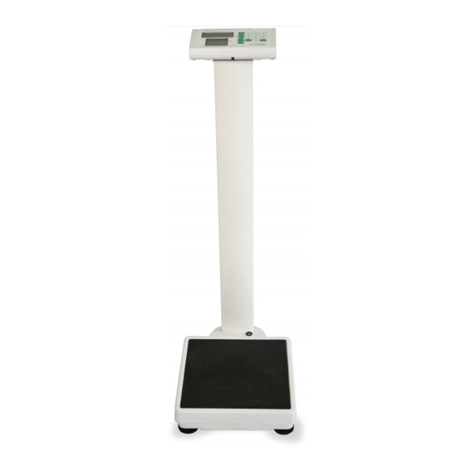
marsden
marsden M-110 User manual
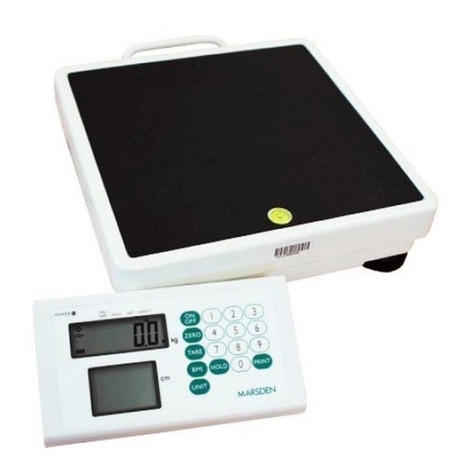
marsden
marsden M-510 User manual
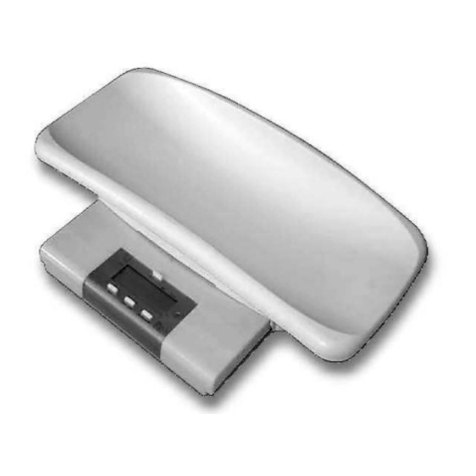
marsden
marsden MS-4200 User manual
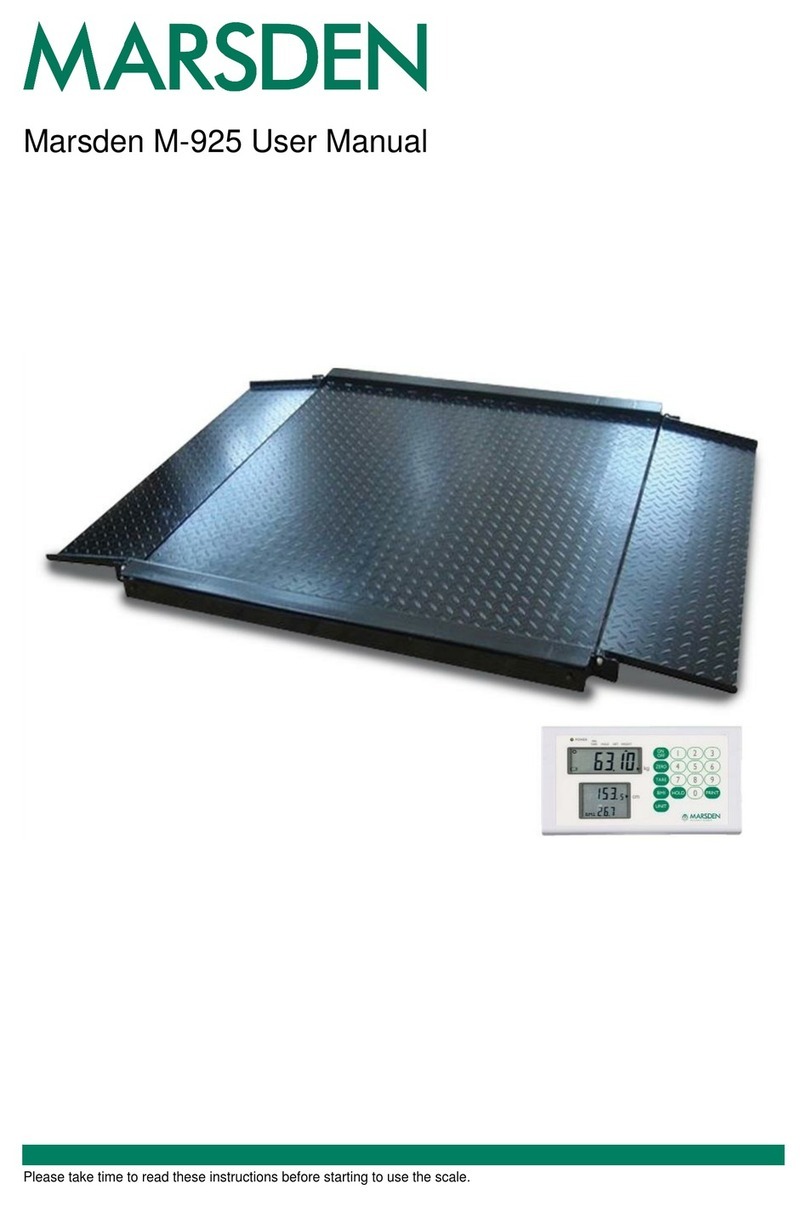
marsden
marsden M-925 User manual
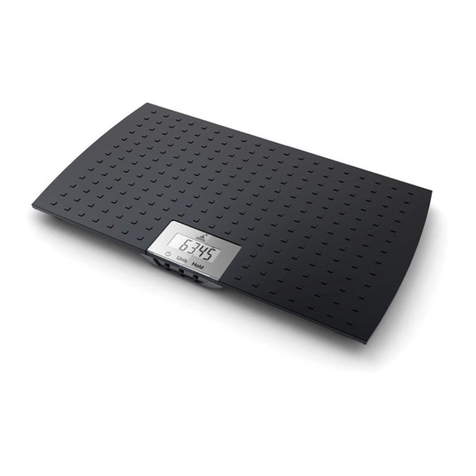
marsden
marsden V-100 User manual
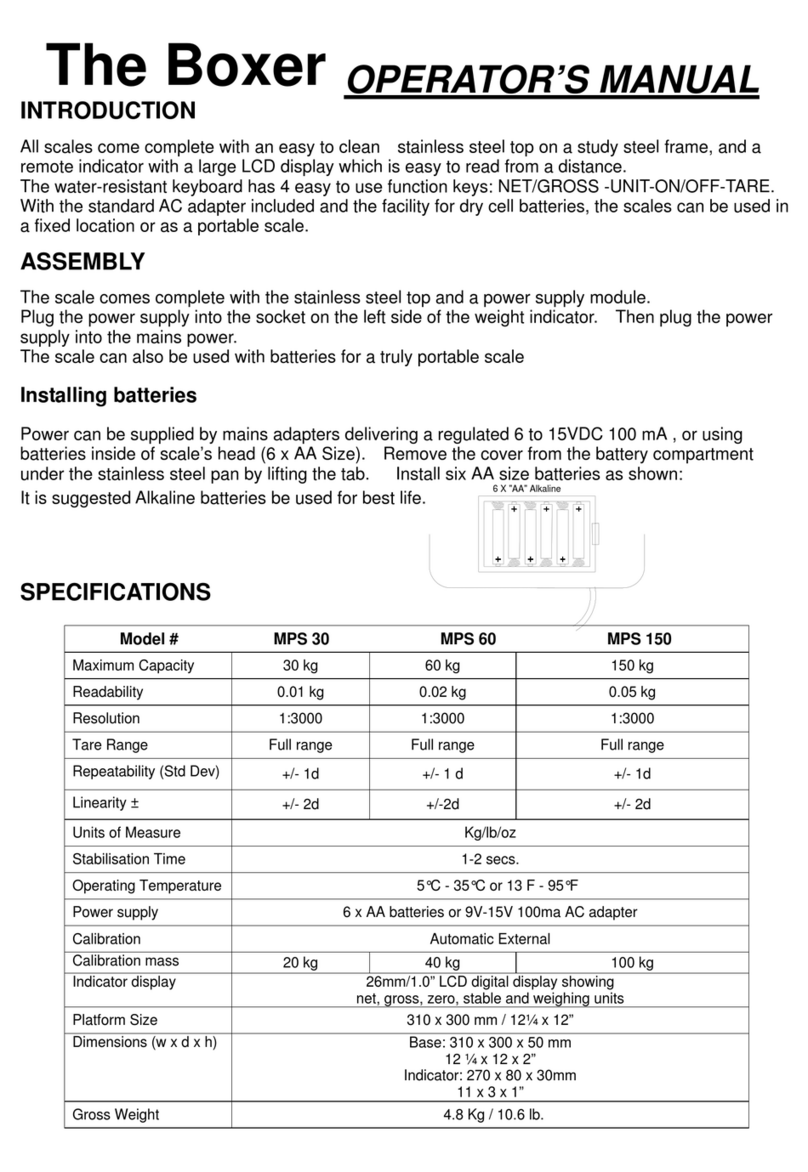
marsden
marsden Boxer MPS 30 User manual
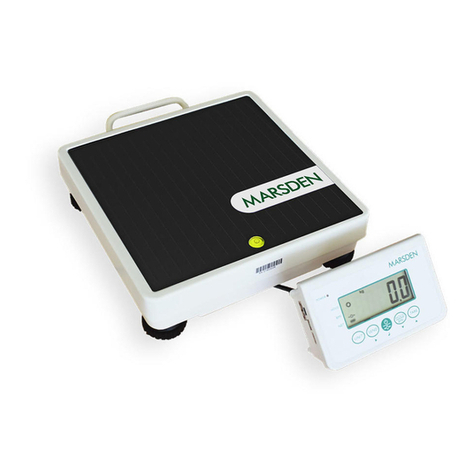
marsden
marsden M-545 User manual
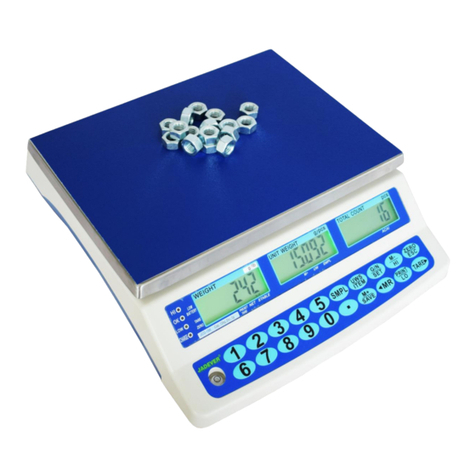
marsden
marsden Jadever JCO User manual
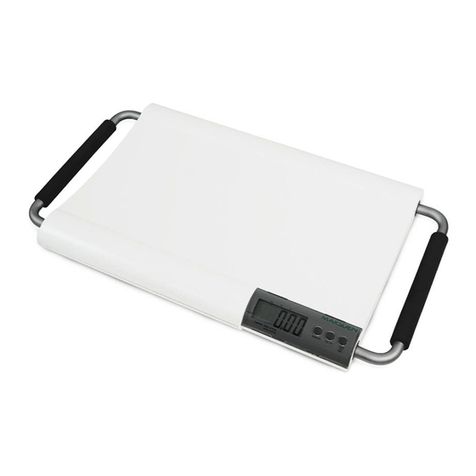
marsden
marsden V-20 User manual

marsden
marsden M-930 User manual
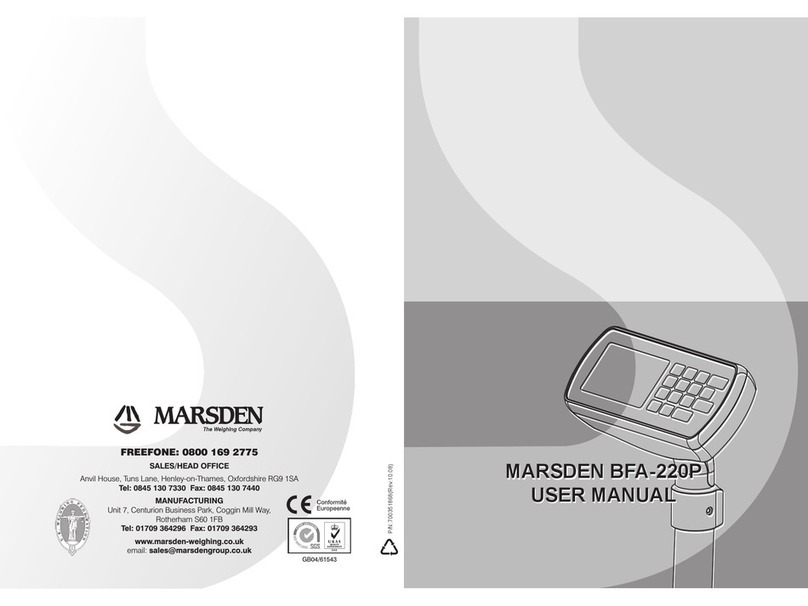
marsden
marsden BFA-220P User manual
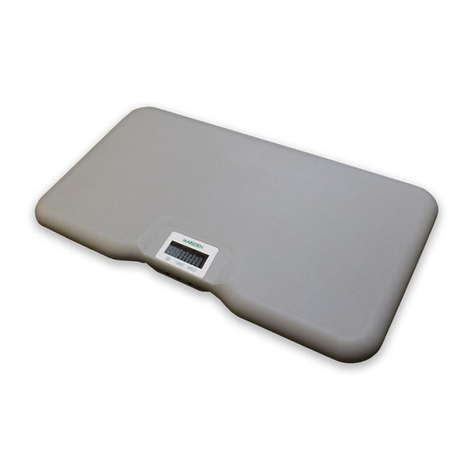
marsden
marsden V-110 User manual

marsden
marsden V-24 User manual
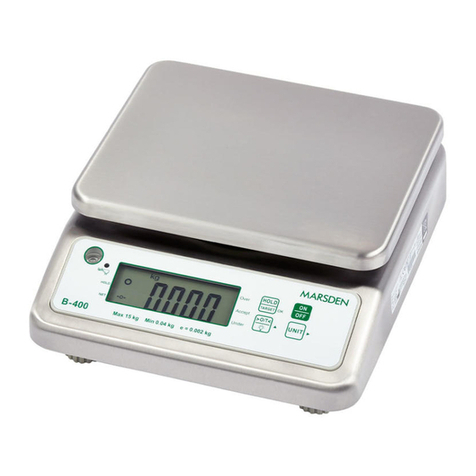
marsden
marsden B-400 User manual
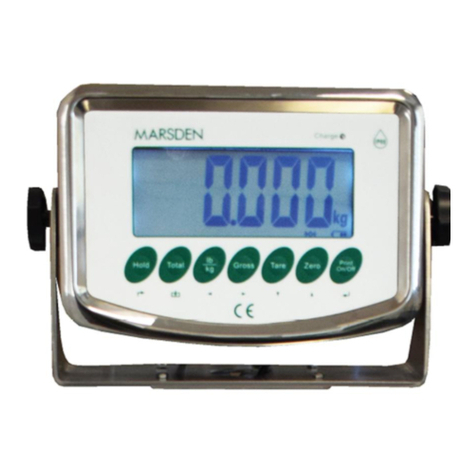
marsden
marsden I-400SS User manual
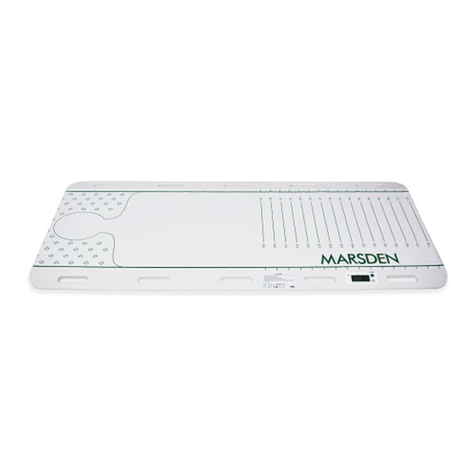
marsden
marsden M-999 User manual
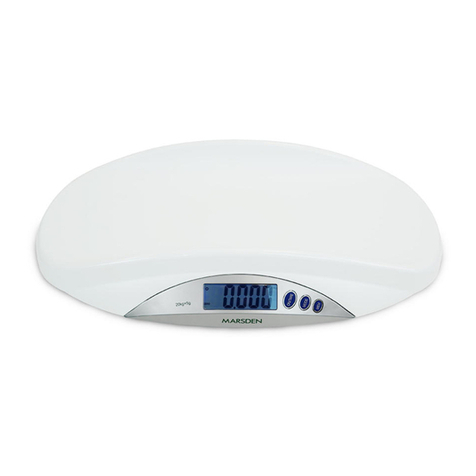
marsden
marsden V-22 User manual
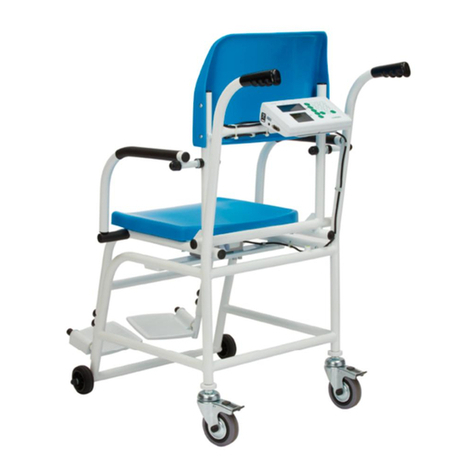
marsden
marsden M-210 User manual
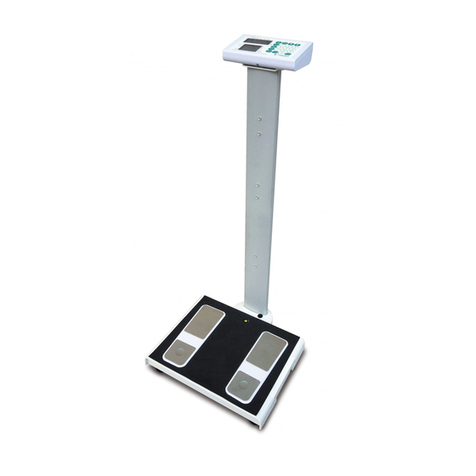
marsden
marsden MBF-6010 User manual
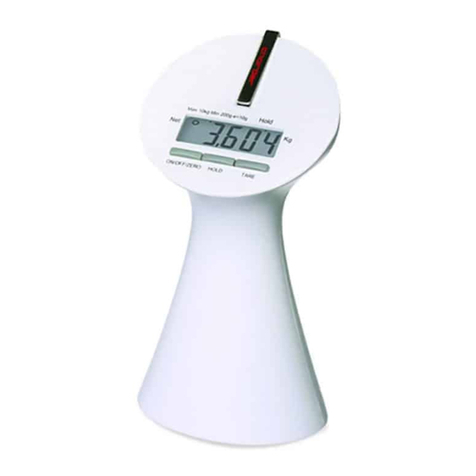
marsden
marsden MS-4400 User manual
